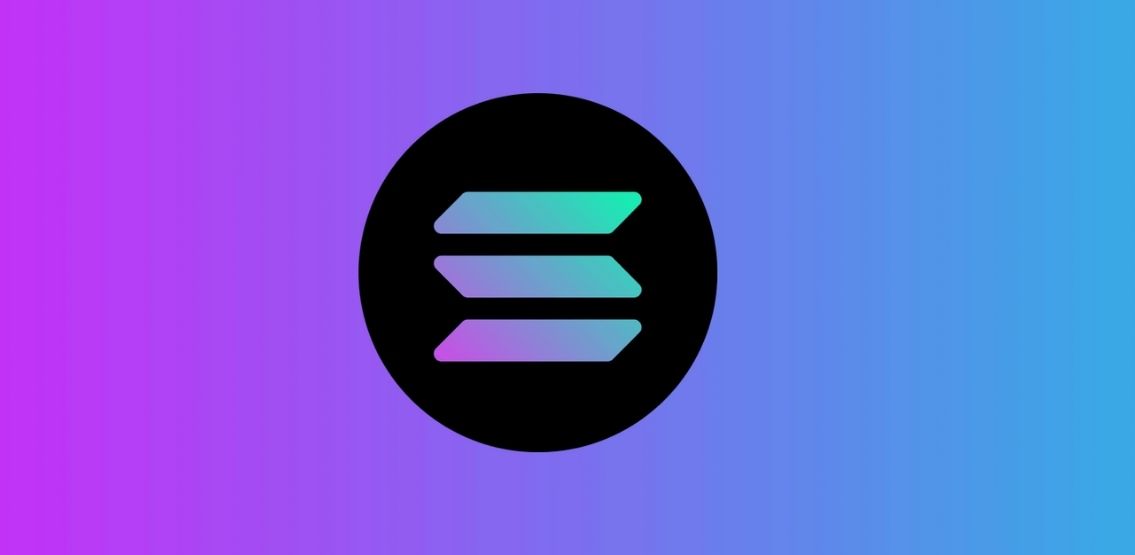Utility tokens in the world of cryptocurrencies are tokens that are based on blockchain technology and serve a specific purpose by offering utility within a particular platform. These tokens are considered native to the platform they operate on and are designed to facilitate various functionalities. Unlike security tokens, utility tokens are not intended to be financial investments.

During initial coin offerings (ICOs), initial decentralized offerings (IDOs), or initial exchange offerings (IEOs), utility tokens are often issued, allowing investors to acquire them in exchange for cryptocurrencies or fiat currencies. The primary purpose behind creating utility tokens is to incentivize users to actively participate in the platform and contribute to the growth of its network. For instance, a utility token platform might require users to hold a specific amount of tokens to unlock certain features or engage in particular activities. Additionally, utility tokens can be used to reward users for completing specific tasks or providing services within the platform. It’s important to note that utility tokens have a specific purpose and has limitations to the ecosystem they are in.
What You Should Know About Utility Tokens
Utility tokens are subject to different regulations and requirements in comparison to security tokens, primarily because they are not investment vehicles. Security tokens, on the other hand, provide holders with ownership rights in a company or project, functioning similarly to shares or stocks in a decentralized and digital manner. The categorization of tokens as securities falls under the purview of regulatory bodies like the US Securities and Exchange Commission (SEC). The SEC uses the Howey Test to determine whether a token should be classified as a security. The test considers four conditions:
– Investors have an expectation of making a profit.
– There is a monetary investment involved.
– The investors expect profits to be derived from the efforts of others (referred to as a “common enterprise”).
– The profits come primarily from the work done by others.
Tokens that meet the aforementioned criteria are categorized as security tokens. It’s important for projects to carefully navigate these regulations, as misclassifying a utility token as a security token can have serious consequences and even lead to the collapse of the project.
Examples of Utility Tokens
Let’s now explore a few examples of utility tokens that demonstrate their practical applications:
1. Chainlink (LINK): Chainlink, also known as “Oracle,” acts as a data provider and facilitates the integration of blockchain technology with external data sources that exist off-chain. While blockchains excel at securely recording transactions, they face limitations when it comes to handling data from external sources. Chainlink solves this problem by connecting blockchains with real-world data such as fiat currencies, credit card transactions, and even weather data. Within the Chainlink ecosystem, the utility token LINK is used to incentivize node operators who help securely transfer data in and out of the blockchain.
2. Vechain (VET): Vechain is another utility token that operates within the Vechain blockchain. VET facilitates valuable transactions between decentralized applications running on the Vechain network. Companies like PwC, Ford, IBM, Dell, and Cisco leverage Vechain to enhance product verification and enable traceability.
Challenges of Utility Tokens
While utility tokens offer various benefits and opportunities, they also face certain challenges:
1. Regulatory Challenges: Utility tokens operate within a regulatory landscape, and there is a risk of misclassification as security tokens. Regulatory bodies like the SEC actively monitor utility tokens that may fall under the category of securities. Failure to comply with regulatory requirements can result in negative repercussions for projects, as exemplified by Ripple’s (XRP) legal issues with the SEC.
2. Potential for Scams: The unregulated nature of some utility token projects creates the potential for scams. Rug pulls, where token founders abandon projects, leaving investors empty-handed, are common within the crypto space. The absence of regulation enables some projects to conduct initial coin offerings (ICOs)
3. Transaction fees:
One notable challenge that utility tokens face is high transaction fees. In particular, most utility tokens are based on the ERC-20 standard and operate on the Ethereum blockchain. The fees, known as ETH gas fees, can be quite substantial, reaching as high as $50 per transaction. As the popularity of cryptocurrencies grows and more people enter the market, the ETH gas fees can escalate further. However, the Ethereum gas team is actively working on strategies to reduce these fees and make transactions more affordable.
4. Impact of Project Success:
The success of a utility token lies with the success of the larger project it belongs to. If the project fails to achieve its objectives, the utility token’s value may also diminish. Liquidity becomes a concern when a project lacks sufficient funds for development, posing a challenge to the utility token’s viability.
Final Thoughts
It is highly probable that among the altcoins you have purchased, you may have unknowingly acquired a utility token. However, some individuals struggle to comprehend the functioning of utility tokens and may mistakenly trade them speculatively in an attempt to generate profits. It is crucial to recognize that utility tokens are not designed for such speculative trading purposes. Moreover, it’s important to note that utility tokens differ from security tokens, which fall under the regulatory purview of the Securities and Exchange Commission (SEC).
Personal Note From MEXC Team
Check out our MEXC trading page and find out what we have to offer! There are also a ton of interesting articles to get you up to speed with the crypto world. Lastly, join our MEXC Creators project and share your opinion about everything crypto! Happy trading!
Join MEXC and Get up to $10,000 Bonus!
Sign Up

